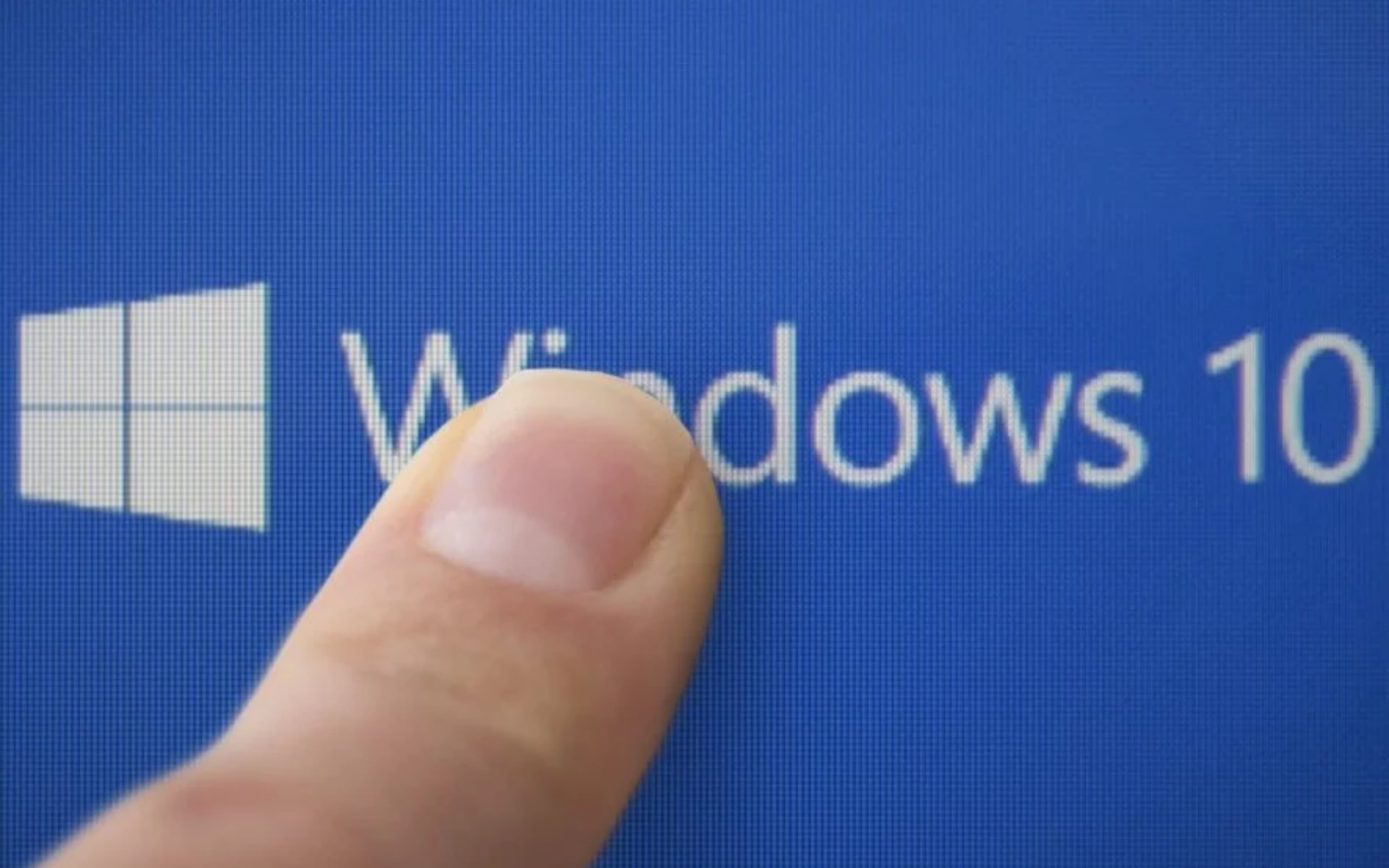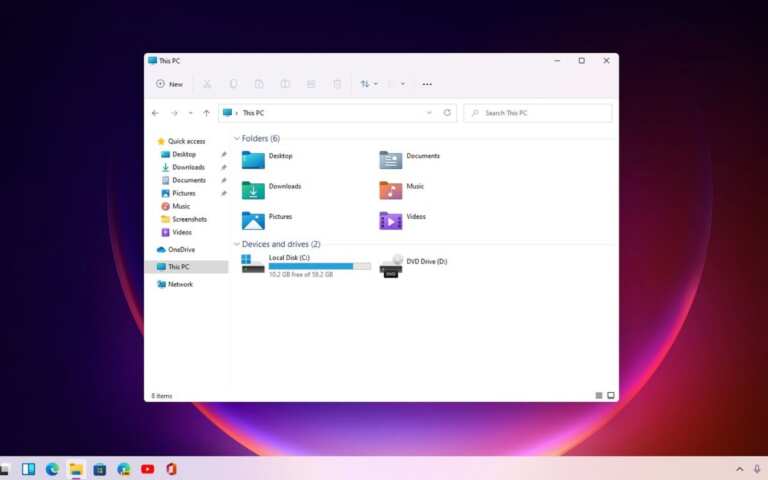- The first round of Patch Tuesday updates of 2023 has finally hit live and here’s what we have.
- Below you will find a changelog for each cumulative update, as well as direct download links.
- As we expected, a pretty update-heavy month, with almost 100 updates being issued so far.

It’s January, the first month of 2023, and the time has come again for us to open our virtual arms and extend a warm welcome to the latest batch of security updates from Microsoft.
Keep in mind that these updates actually bring an entire array of changes for both Windows 10 and Windows 11, regardless of whether it is a newer or an older version.
This January 2023 Patch Tuesday batch of updates is expected to fix some of the issues that were still pending, and in the article below we will be looking to see exactly what we get.
We have included a detailed changelog for each cumulative update, and we will also be providing you with direct download links from Microsoft’s Windows Update Catalog, so you know that they are secure.
With that being said, remember that, alternatively, you can always use other methods to get the latest updates, including:
- The Windows Update menu on your OS
- The WSUS (Windows Server Update Service)
- Group Policies set up by your admins if you’re part of a larger network.
Now that we got this out of the way, let’s have a closer look at the January 2023 Patch Tuesday updates rollout from Microsoft.
What do the first Patch Tuesday updates of 2023 bring?
Windows 11
There really isn’t further need for introductions, since most of you are already running Windows 11 on your devices.
You might also like to know that the 22H2 version of Windows 11, the operating system’s first major update, is now ready for downloading and installing.
Beware, however, of the great number of bugs and glitches that will test your patience when discovering all the new features coming to Windows 11.
Cumulative update name
Changes and improvements
- This update addresses issues that affect the Local Session Manager (LSM). These issues might allow users who do not have admin rights to perform actions that only an admin can.
- This update addresses a known issue that affects apps that use Microsoft Open Database Connectivity (ODBC) SQL Server Driver (sqlsrv32.dll) to connect to databases. The connection might fail. You might also receive an error in the app, or you might receive an error from the SQL Server.
- This update addresses an issue that might affect startup on some Windows devices. They might receive an error (0xc000021a) and have a blue screen.
Windows 10 versions 21H2, 21H1, and 20H2
Some PC issues are hard to tackle, especially when it comes to corrupted repositories or missing Windows files. If you are having troubles fixing an error, your system may be partially broken.
We recommend installing Restoro, a tool that will scan your machine and identify what the fault is.
Click here to download and start repairing.
Windows 10 version 22H2 is the latest major version of Windows 10, and as such has the most experimental features on it.
Fortunately, most bugs that were first present when it was first made available have been weeded out, and this version of Windows 10 is far more stable.
Cumulative update name
Changes and improvements
- This update contains miscellaneous security improvements to internal OS functionality. No additional issues were documented for this release.
Known issues
- Devices with Windows installations created from custom offline media or custom ISO image might have Microsoft Edge Legacy removed by this update, but not automatically replaced by the new Microsoft Edge. This issue is only encountered when custom offline media or ISO images are created by slipstreaming this update into the image without having first installed the standalone servicing stack update (SSU) released March 29, 2021 or later.
- After installing this update, apps that use ODBC connections utilizing the Microsoft ODBC SQL Server Driver (sqlsrv32.dll) to access databases might fail to connect. You might receive an error within the app or you might receive an error from SQL Server, such as The EMS System encountered a problem with Message: [Microsoft][ODBC SQL Server Driver] Protocol error in TDS Stream or Message: [Microsoft][ODBC SQL Server Driver]Unknown token received from SQL Server.
- After installing this update, some Windows devices might start up to an error (0xc000021a) with a blue screen.
Windows 10, version 1809
This version of the Windows operating system is outdated and will no longer receive any updates from the Redmond tech company.
Therefore, users that are still running this old version on their devices are strongly advised to choose a more recent one to update to.
If you still want to use Windows 10 and are not willing to upgrade to 11, you don’t have to do so right away. After all, Microsoft announced that the support for Windows 10 will go on until 2025.
Cumulative update name
Improvements and fixes:
- This update addresses an issue that might affect authentication. It might fail after you set the higher 16-bits of the msds-SupportedEncryptionTypes attribute. This issue might occur if you do not set the encryption types or you disable the RC4 encryption type on the domain.
- This update addresses an issue that affects cluster name objects (CNO) or virtual computer objects (VCO). Password reset fails. The error message is, There was an error resetting the AD password… // 0x80070005.
- This update addresses an issue that affects Microsoft Defender for Endpoint. Automated investigation blocks live response investigations.
- This update addresses a known issue that affects apps that use Microsoft Open Database Connectivity (ODBC) SQL Server Driver (sqlsrv32.dll) to connect to databases. The connection might fail. You might also receive an error in the app, or you might receive an error from the SQL Server.
Known issues
- After installing KB5001342 or later, the Cluster Service might fail to start because a Cluster Network Driver is not found.
Windows 10, version 1607
Windows 10, version 1607 has reached the end of service for all of its available editions. Update to the latest version of Windows 10 in order to keep your system protected.
Cumulative update name
Improvements and fixes
- This update addresses an issue that might affect authentication. It might fail after you set the higher 16-bits of the msds-SupportedEncryptionTypes attribute. This issue might occur if you do not set the encryption types or you disable the RC4 encryption type on the domain.
- This update addresses an issue that affects cluster name objects (CNO) or virtual computer objects (VCO). Password reset fails. The error message is, “There was an error resetting the AD password… // 0x80070005”.
- This update introduces a Group Policy that enables and disables HTML Application (HTA) files. If you enable this policy, it stops you from running HTA files. If you disable or do not configure this policy, you can run HTA file. To configure this Group Policy:
- Open the Group Policy Editor.
- Select Computer Configuration > Administrative Templates > Windows Components > Internet Explorer.
- Double-click Turn on DisableHTMLApplication.
- Select Enabled.
- To save the policy setting, select OK or Apply.
- This update addresses a known issue that affects apps that use Microsoft Open Database Connectivity (ODBC) SQL Server Driver (sqlsrv32.dll) to connect to databases. The connection might fail. You might also receive an error in the app, or you might receive an error from the SQL Server.
Drawing the line, this is pretty much what we are dealing with in terms of security updates for the month of January 20232, as a part of the Patch Tuesday rollout.
Have you noticed any issues after downloading and installing these security updates for your version of the Windows operating system? Let us know in the comments section below.
Still having issues? Fix them with this tool:
SPONSORED
If the advices above haven’t solved your issue, your PC may experience deeper Windows problems. We recommend downloading this PC Repair tool (rated Great on TrustPilot.com) to easily address them. After installation, simply click the Start Scan button and then press on Repair All.
Start a conversation




Leave a Comment